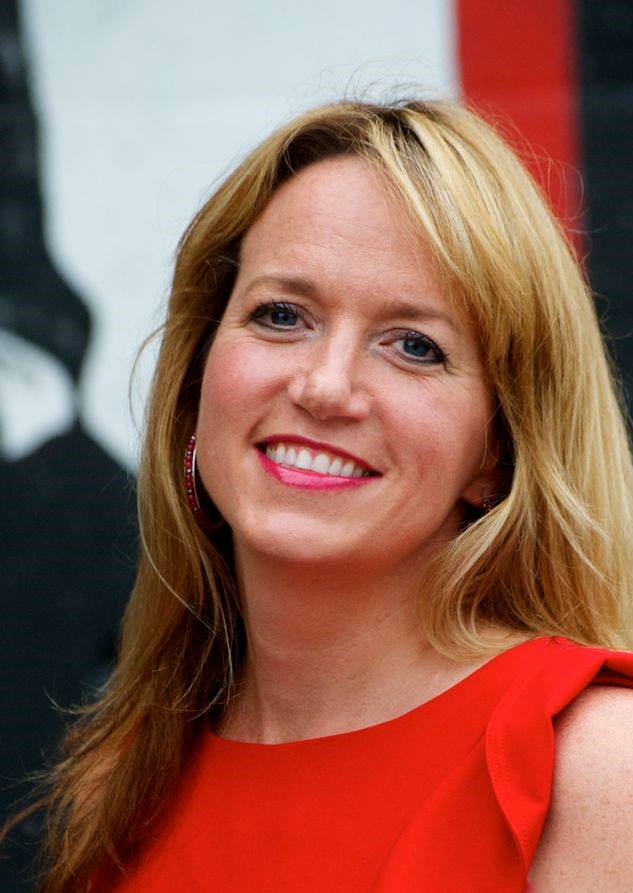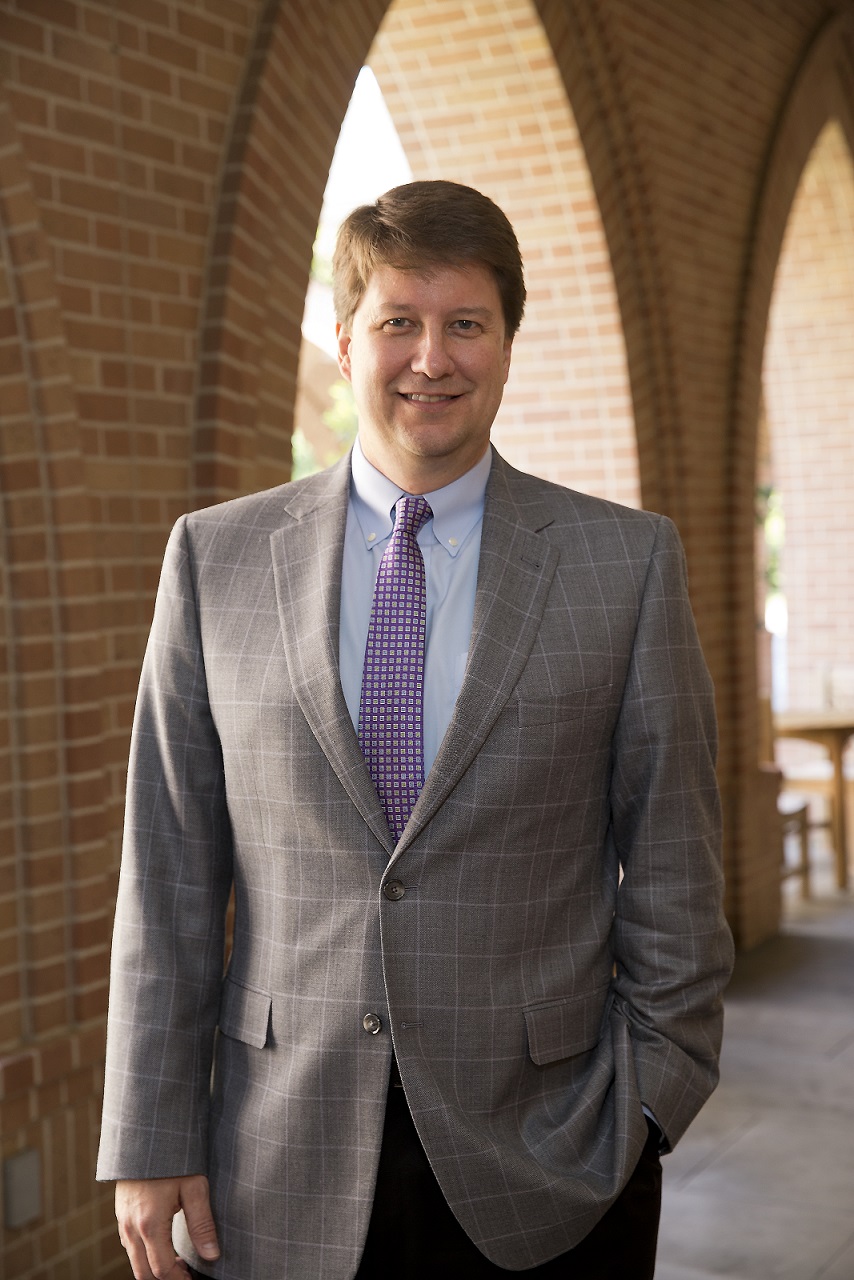
Kathryn Goetzke, Founder, International Foundation For Research and Education on Depression
A new school year brings a flurry of activity with the return to early morning alarm clocks, class schedules, new teachers, and a renewed connection with peers after summer break. Homework returns and many extracurricular activities are back in full swing. It can be an exciting time to see friends and share summer stories. But for some children, the school year may elicit feelings of uncertainty, anxiety and sadness. Left unrecognized, these feelings can lead to a decline in a child’s emotional wellness, relationships with family and friends, and academic performance. In some circumstances, the consequences can be devastating.
That is why children need to learn from an early age how to care for their emotional health, just as they learn academic skills, as each will help prepare them for success and happiness in life. The importance of always having hope is a vital component to mental health across age groups. Hope has been found to correspond with greater emotional and psychological well-being, enhanced personal relationships, and greater academic performance with published research suggesting hope is a skill that can be taught.
Read More













Connect With Us